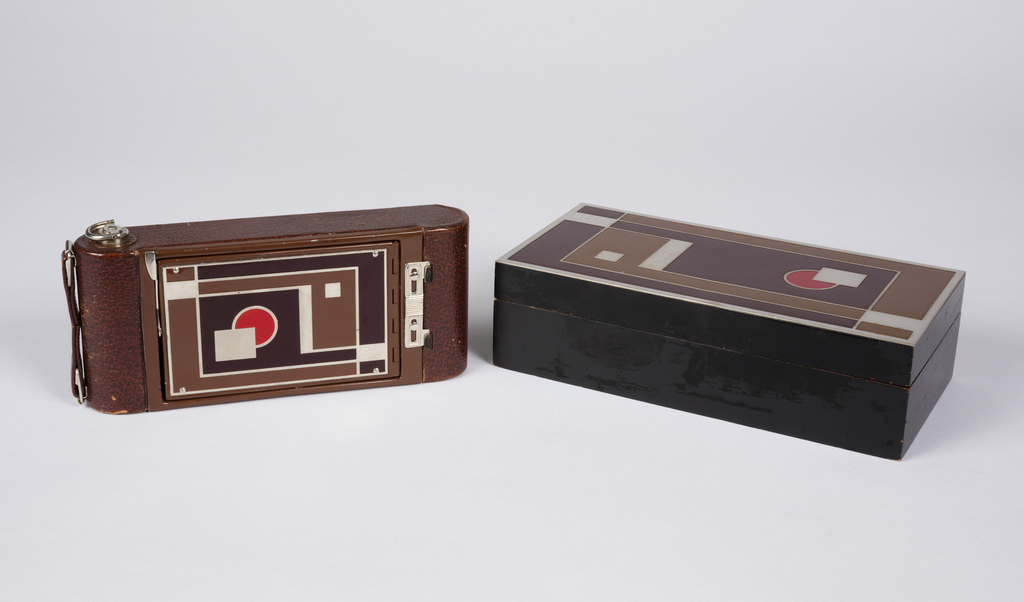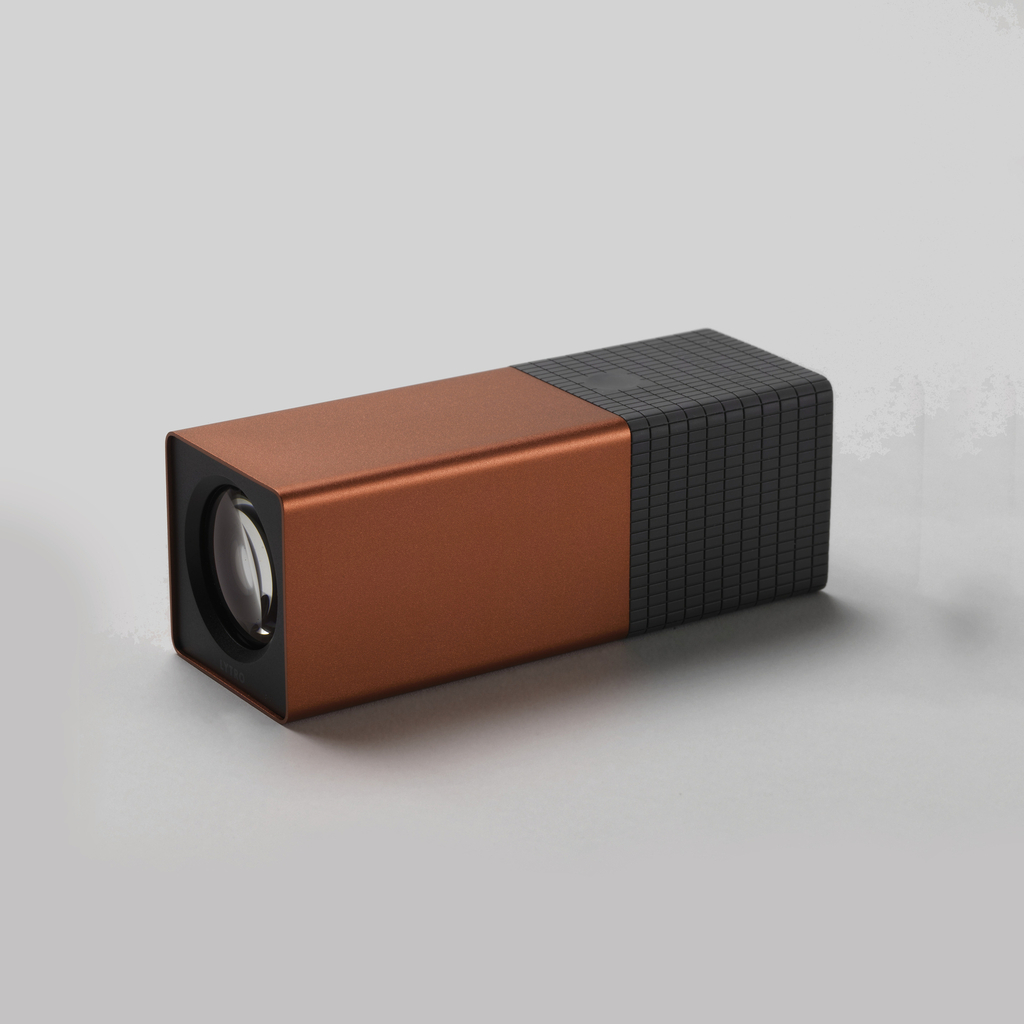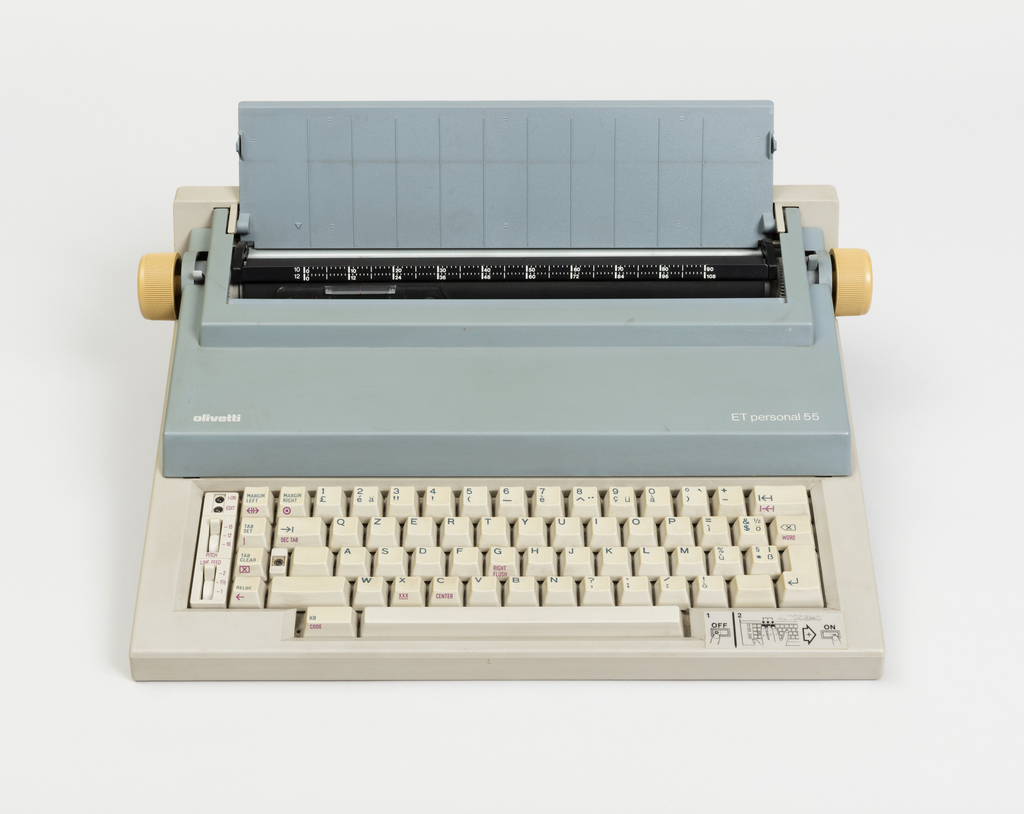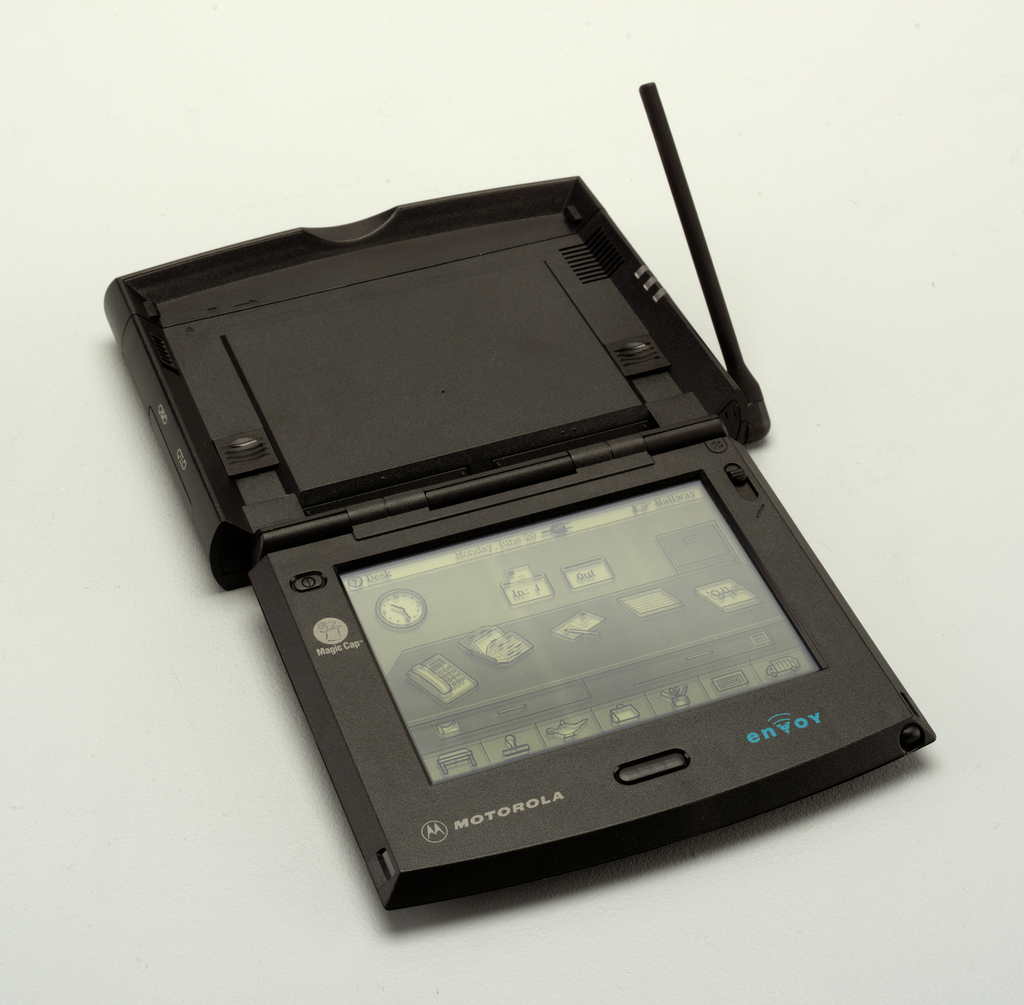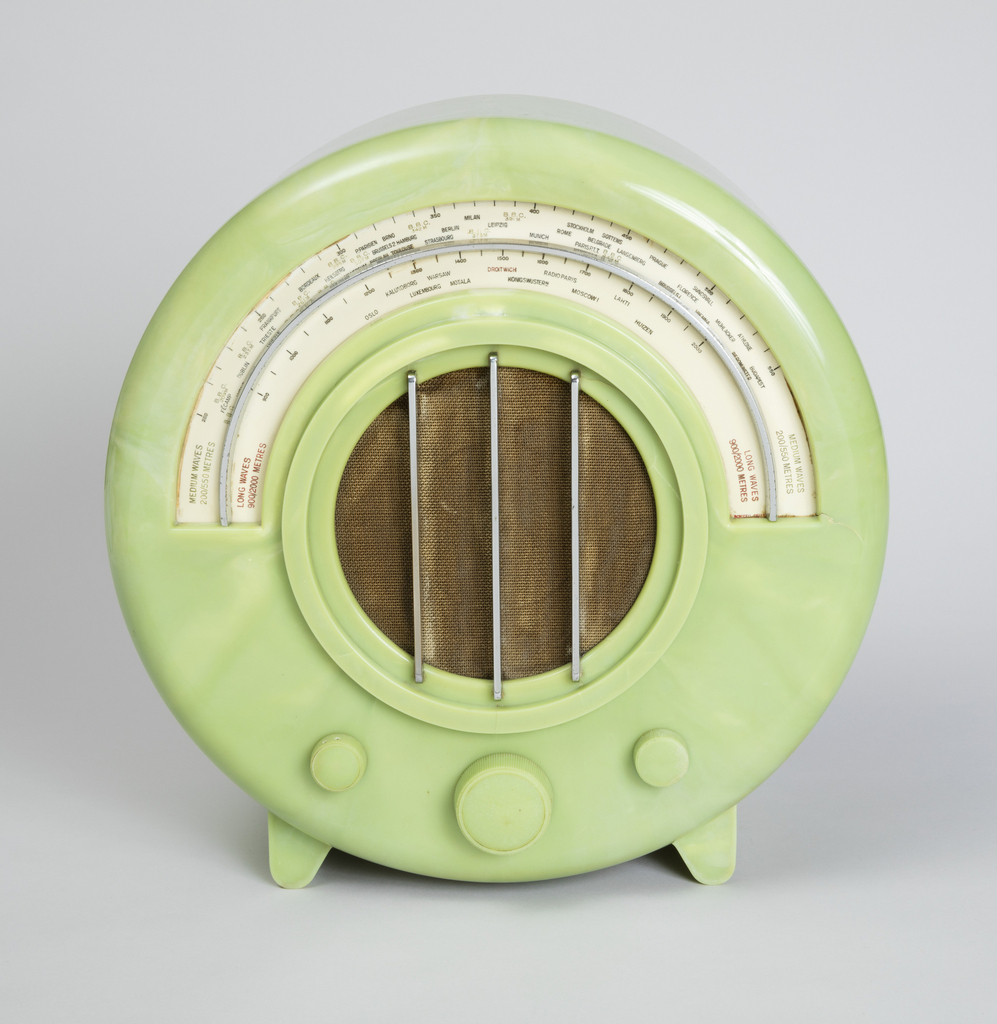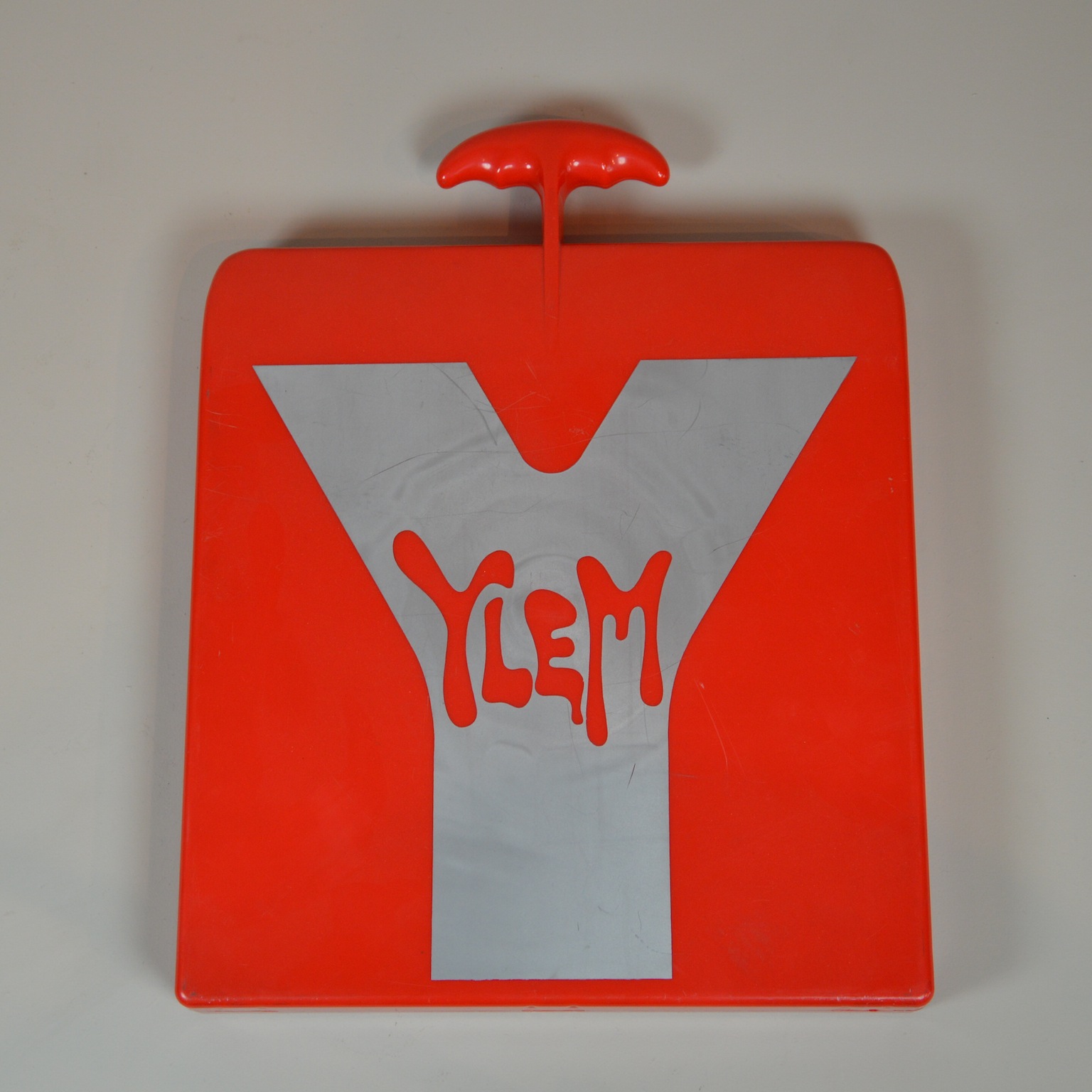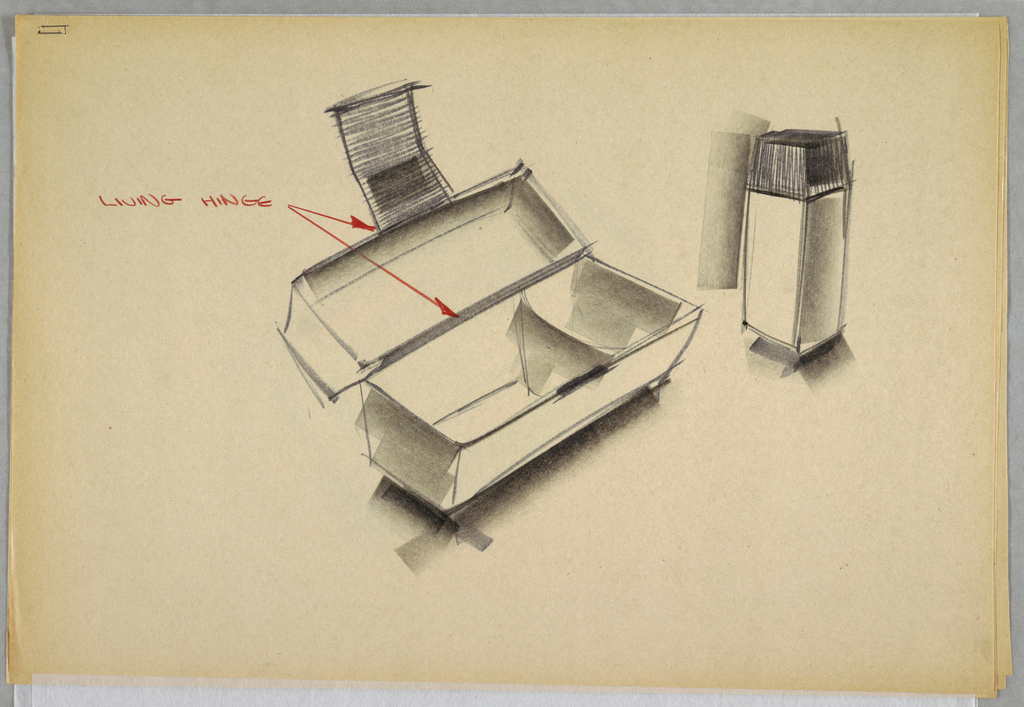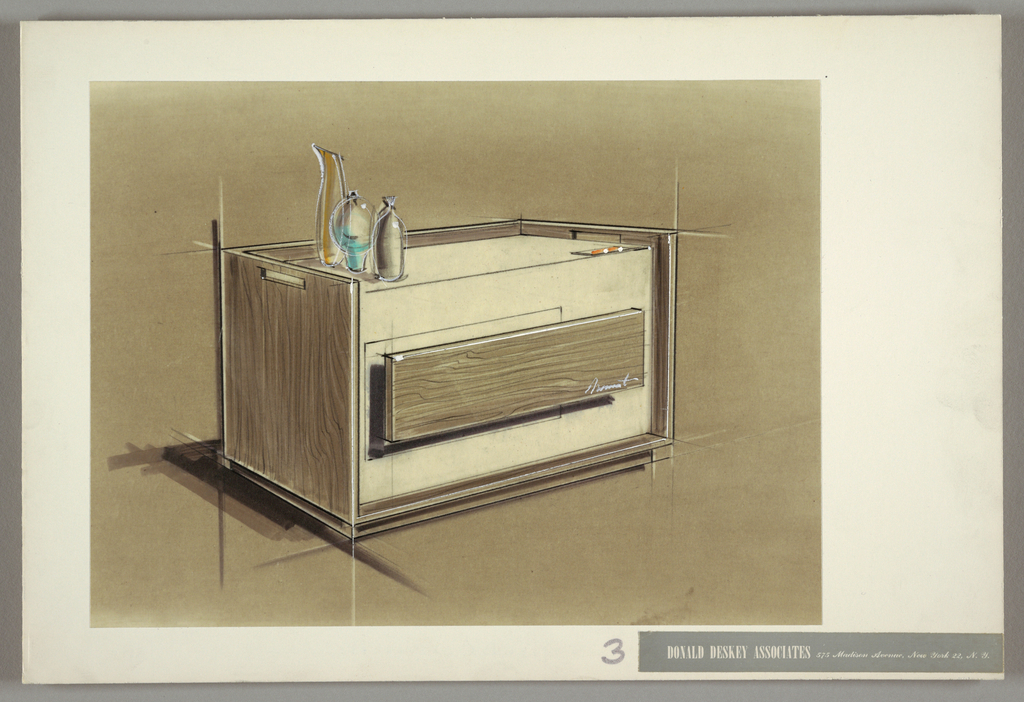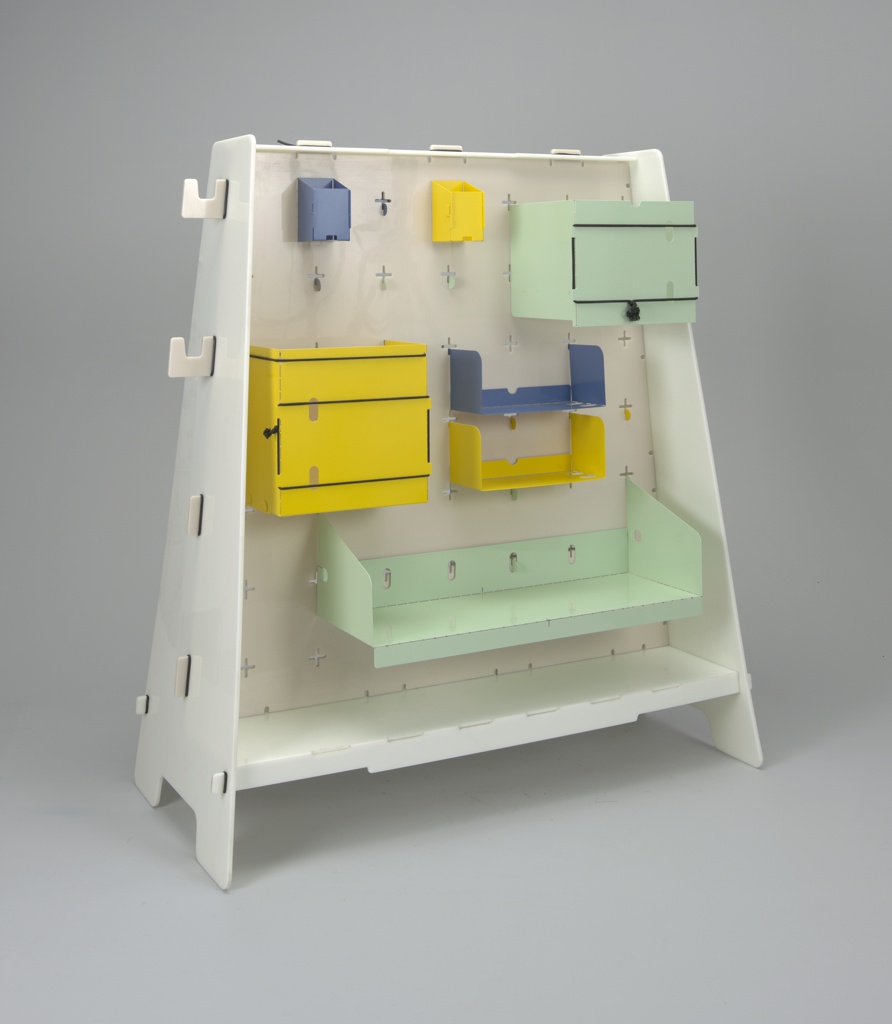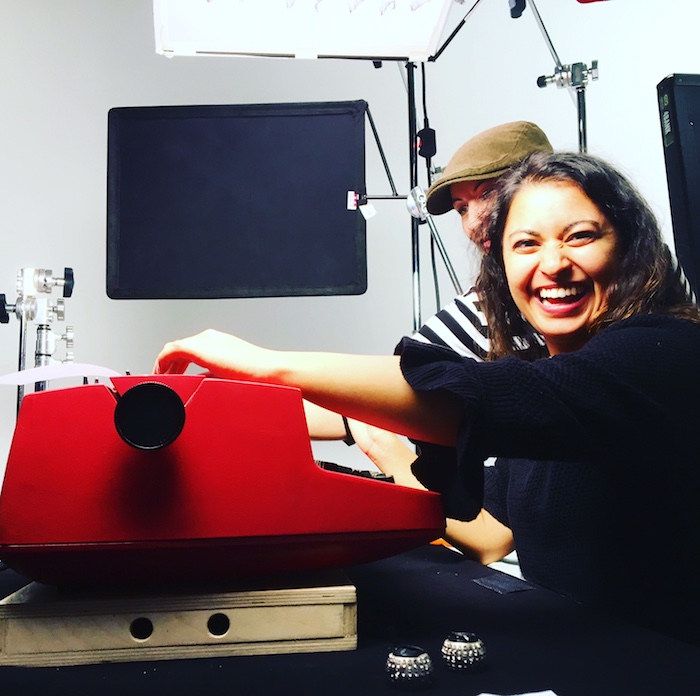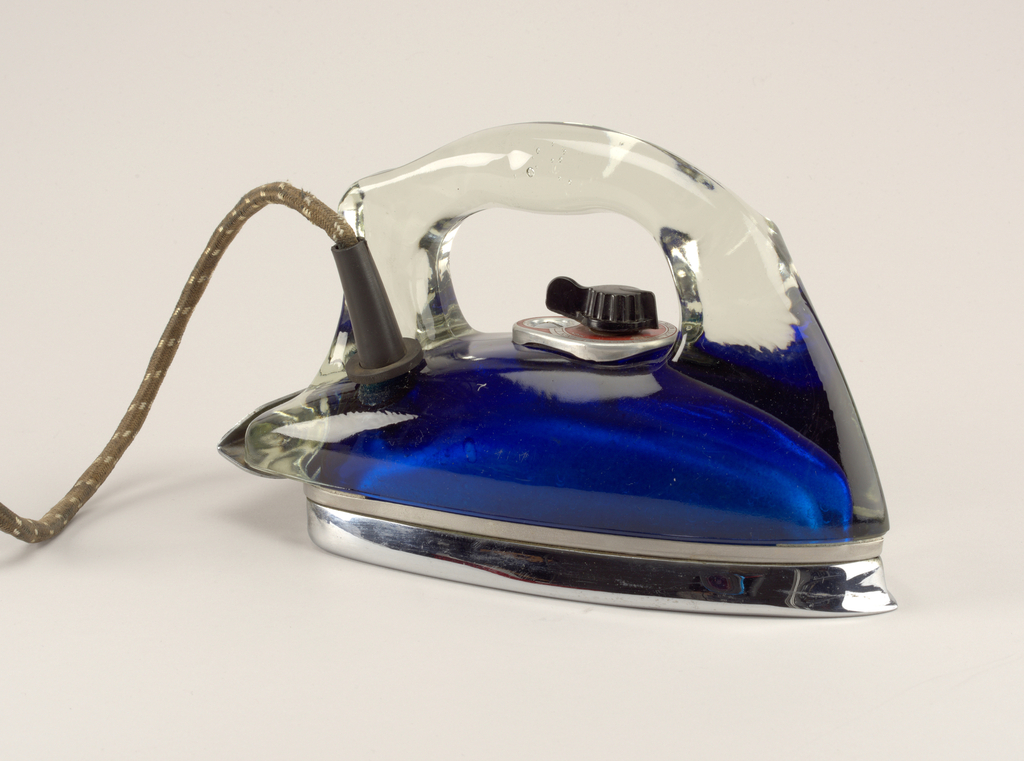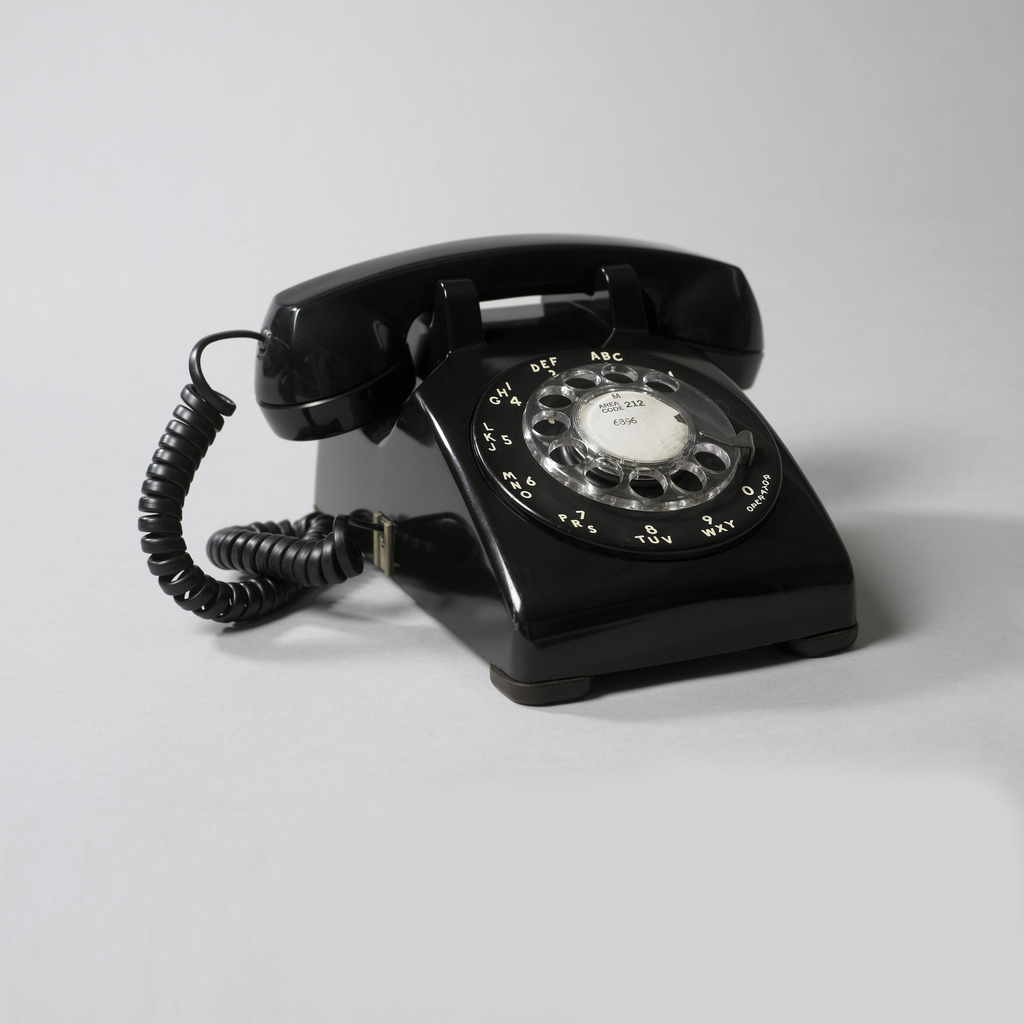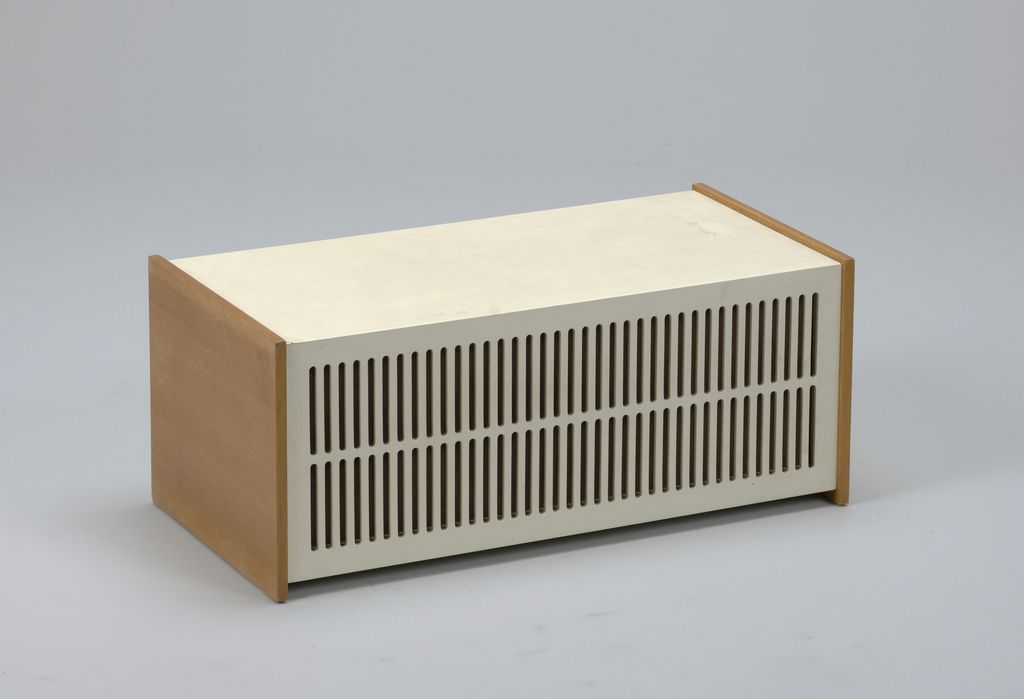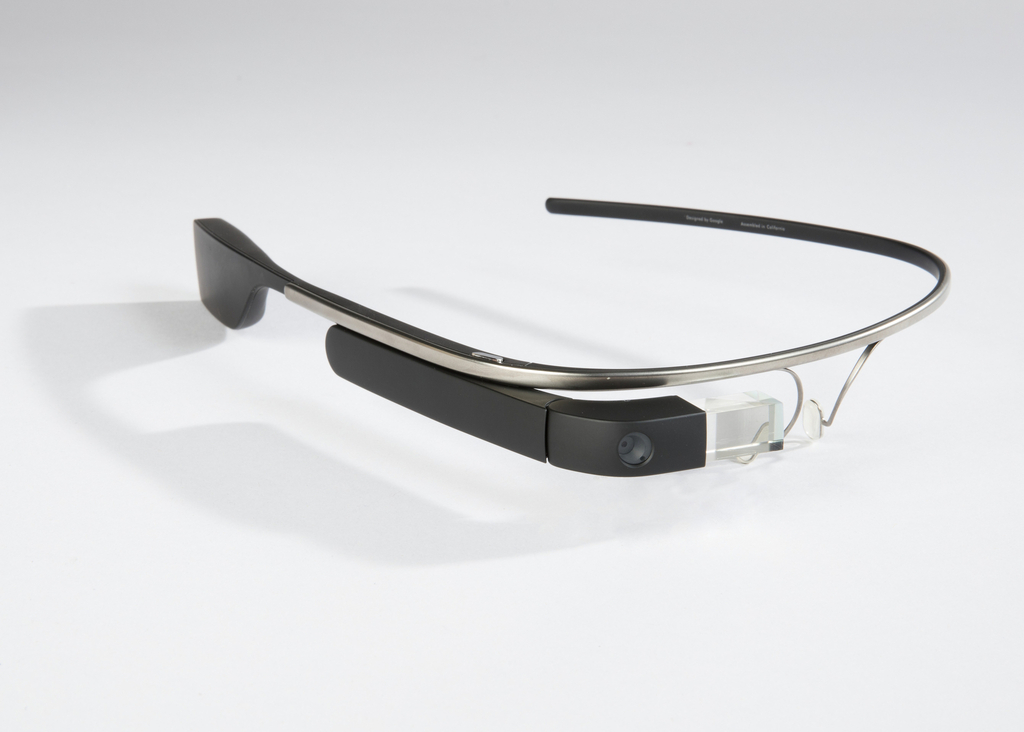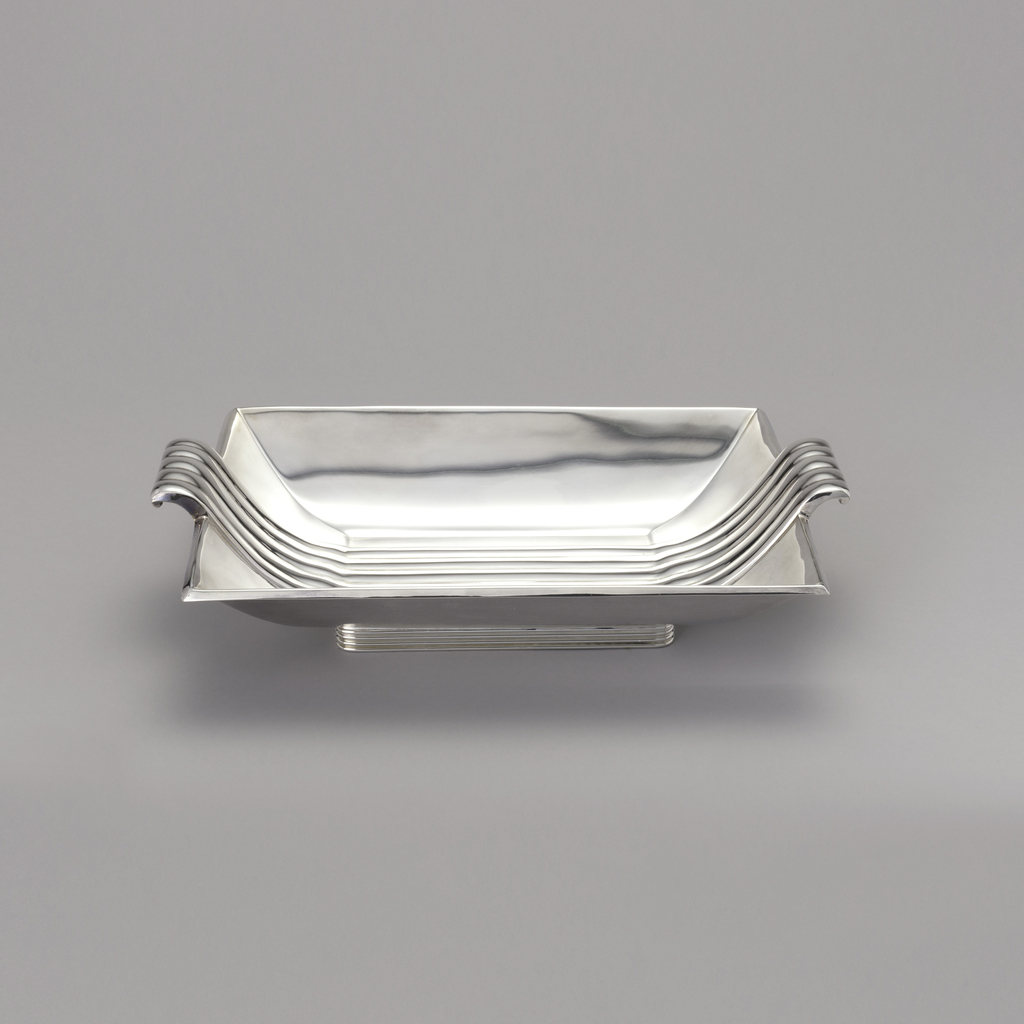Walter Dorwin Teague was a well-established industrial designer by 1928, when the Eastman Kodak Company, engaged him to modernize their line of cameras. Kodak sought Teague based on recommendations by curators from the Metropolitan Museum of Art. Having no prior experience in camera design, Teague undertook the assignment after Kodak agreed that he could spend...
In celebration of the milestone 20th anniversary of the National Design Awards, this week’s Object of The Day posts honor National Design Award winners. A version of this post was originally published on October 1, 2014. Throughout the history of photography, advances in technology—from daguerreotype to digital photography—have continued to propel the field forward. Recently, the...
By the 1980s, the drive to miniaturize electronics had advanced so far that industrial designers were no longer obliged to create forms that had to accommodate large internal mechanisms and parts. Mario Bellini and his contemporaries could use their creativity and skills to appeal to consumers on practical, visual and experiential levels. His ET Personal...
This week’s posts feature case studies from Cooper Hewitt’s Digital Collections Management Project, a conservation survey of born-digital and hybrid objects in the permanent collection. The two-year project was coordinated by an in-house team of conservators, curators, and registrar, and was conducted by digital conservation specialist Cass Fino-Radin and his team at Small Data Industries....
The cost and large size of early radios made them status objects for the home. Their housings were made of wood and often imitated cabinet furniture in traditional styles. But, by the early 1930s and the rise of Modernism, sophisticated consumers began to update their interiors, and furnishings such as radios followed suit. In 1930,...
Author: Evelyn Meynard Published in 1971, Ylem is a manifesto that contains a collection of designs and texts by the German industrial designer Luigi Colani, held in the Cooper Hewitt National Design Library .
If you’ve ever taken a moment to investigate your shampoo bottle, pill organizer, or Tic-Tac box, you may have noticed the thin, flexible piece of plastic connecting these containers to their lids. This often-overlooked component is the living hinge, an innovation that helped boost plastic’s popularity and versatility. In the broadest sense, “plastic” simply denotes...
In ancient Greece, air (along with earth, water, fire, and aether) was one of the five elements thought to comprise all substances. Questions of air quality began to arise in the Middle Ages, even before the composition of the atmosphere was discovered.[1] In the eighteenth and nineteenth centuries, as coal became deeply entrenched in both...
Today’s Object of the Day celebrates the winners of Cooper Hewitt’s National Design Awards. Honoring lasting achievement in American design, the Awards take place annually during National Design Week, with festivities for all ages celebrating design creativity and innovation. This inventive prototype for a storage system is at once playful, inventive and multifunctional. Blu Dot,...
The founder, chairman, and CEO of R/GA, a worldwide digital advertising agency, product and service innovator, and consultancy. Bob Greenberg is the 16th guest curator in Cooper Hewitt’s Selects series, in which prominent influencers, designers, and artists are invited to mine and interpret the museum’s collection of more than 210,000 objects. The R/GA team made three videos...
To celebrate the opening of Saturated: The Allure and Science of Color (May 11, 2018-January 13, 2019), Object of the Day this month will feature colorful objects from the exhibition. This post was originally published on July 26, 2015. The postwar design era focused largely on improving all aspects of life at home for those who had...
In celebration of our new exhibition, The Senses: Design Beyond Vision, this Object of the Day post explores the multisensory experience of an object in Cooper Hewitt’s permanent collection. Today’s blog post was written by Cynthia Trope and originally published on March 7, 2013. If you grew up in America in the mid-1950s – 1980s, you no doubt...
In celebration of our new exhibition The Senses: Design Beyond Vision, this Object of the Day post explores the multisensory experience of an object in Cooper Hewitt’s permanent collection. Dieter Rams, Chief Design Officer for German consumer products manufacturer Braun AG from 1961-95, designed the neutral and unassuming L1 speaker in 1957. Influenced by Braun’s...
In celebration of Women’s History Month, March Object of the Day posts highlight women designers in the collection. When Isabelle Olsson, head of Industrial Design for Wearables, arrived at Google she was given the brief to make the existing clunky Google Glass prototype (a cellphone’s motherboard, a battery, and a Pico projector all taped to...
In celebration of Women’s History Month, March Object of the Day posts highlight women designers in the collection. Today’s blog post was written by Andrea Osgood and originally published March 31, 2014. In the late 1920s, industrial design began to emerge as a viable field in the United States. Because of the Great Depression, there...
